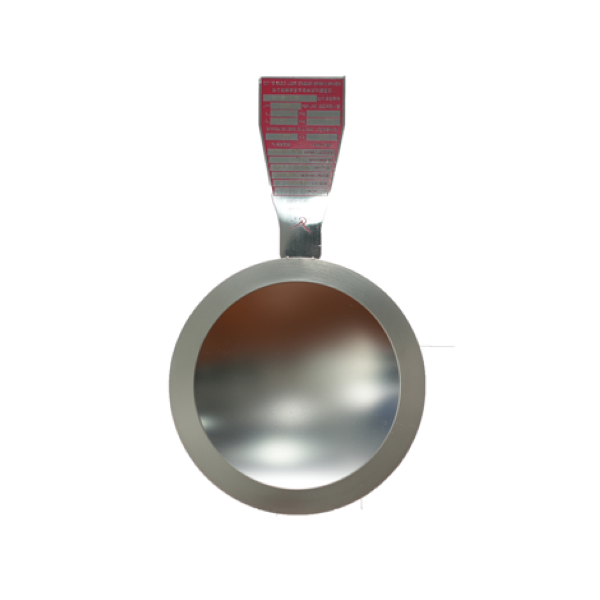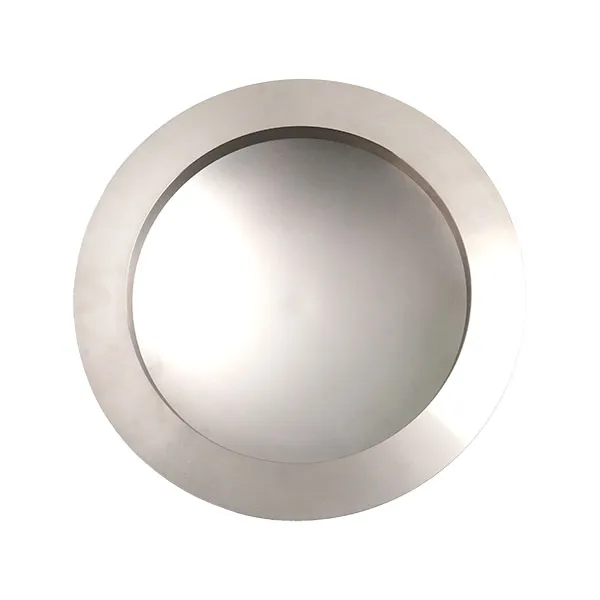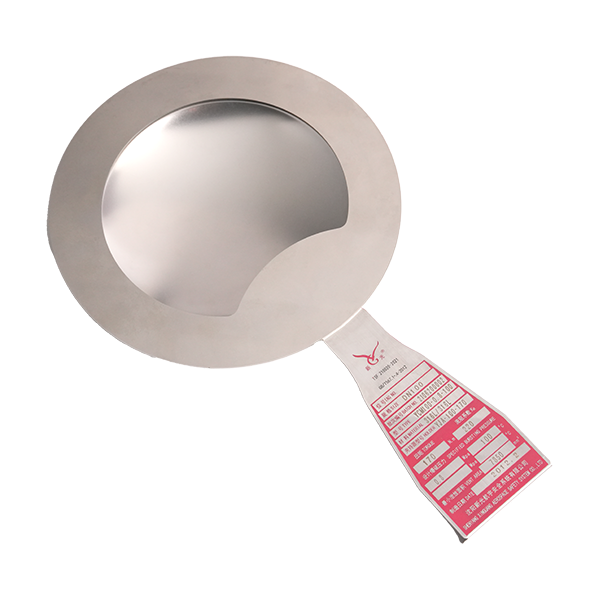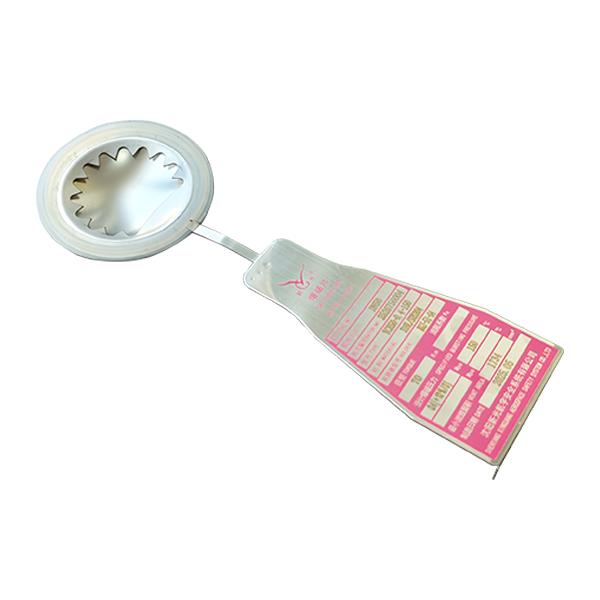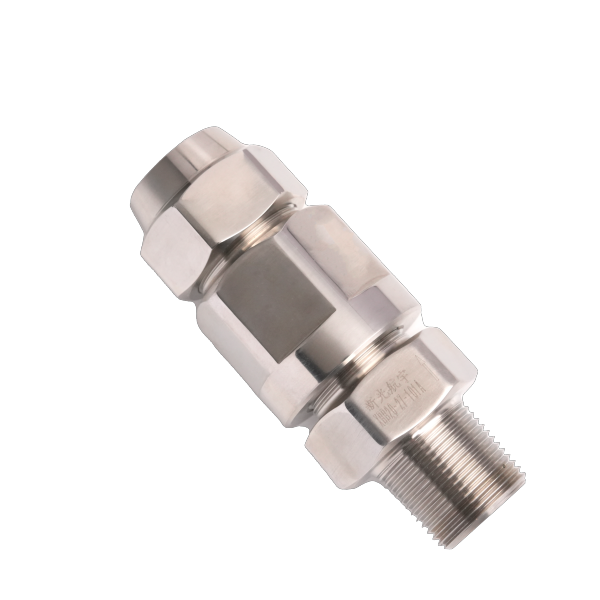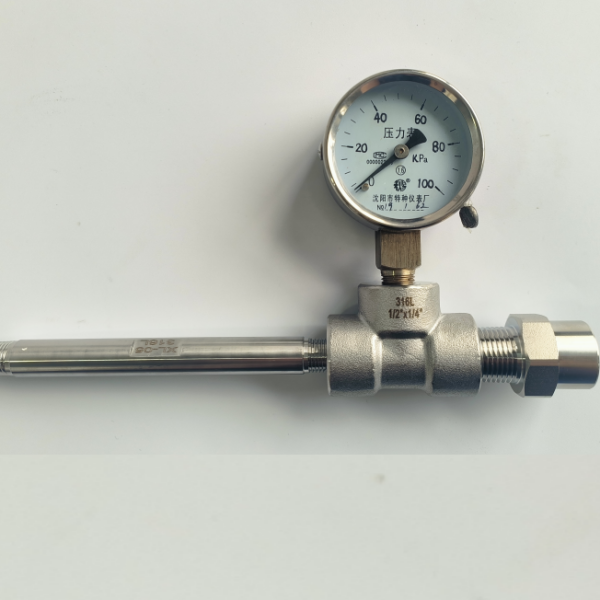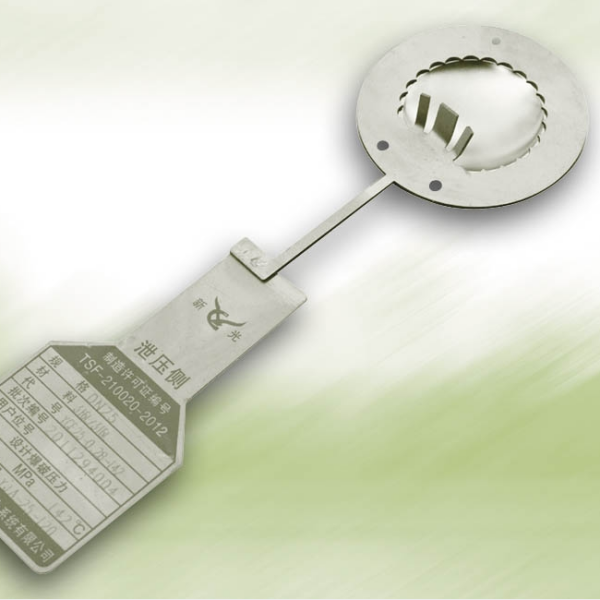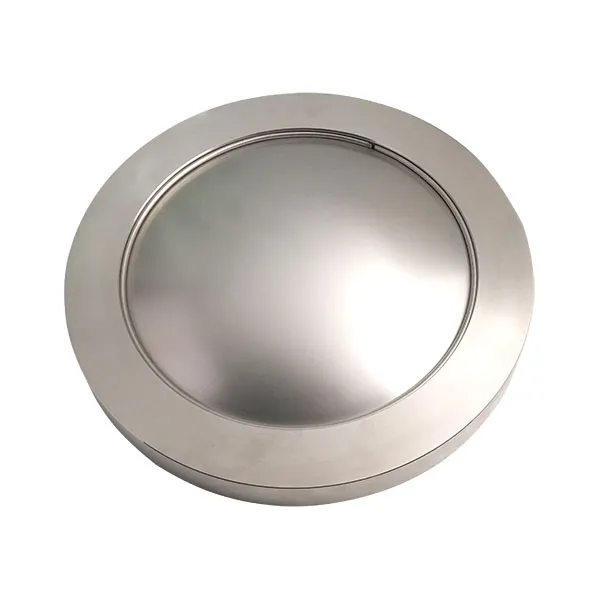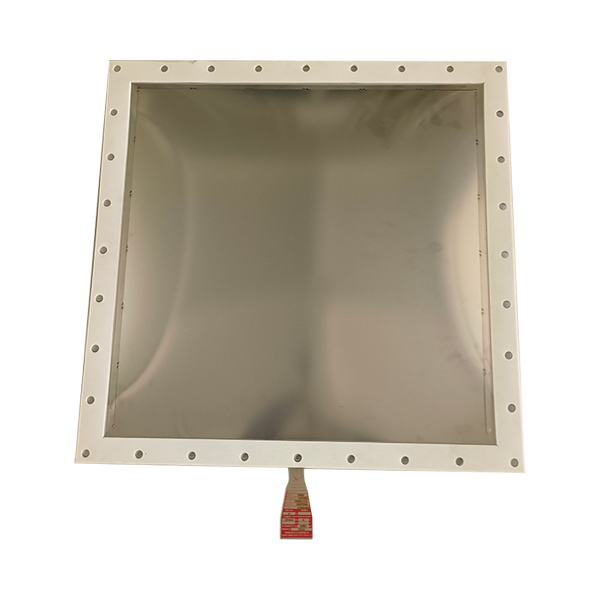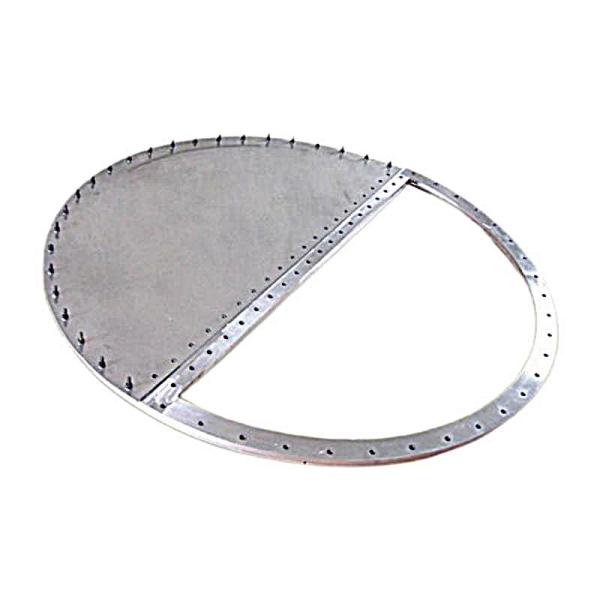As an efficient overpressure protection device, low pressure rupture disk occupies an important position in industrial overpressure protection. However, the unique design of low pressure rupture disk is vulnerable to the influence of media characteristics, installation technology and operating environment under complex operating conditions, resulting in various abnormal performance problems. If these problems are not dealt with in time, they will not only reduce the safety protection performance, but also easily cause the risk of equipment overpressure.
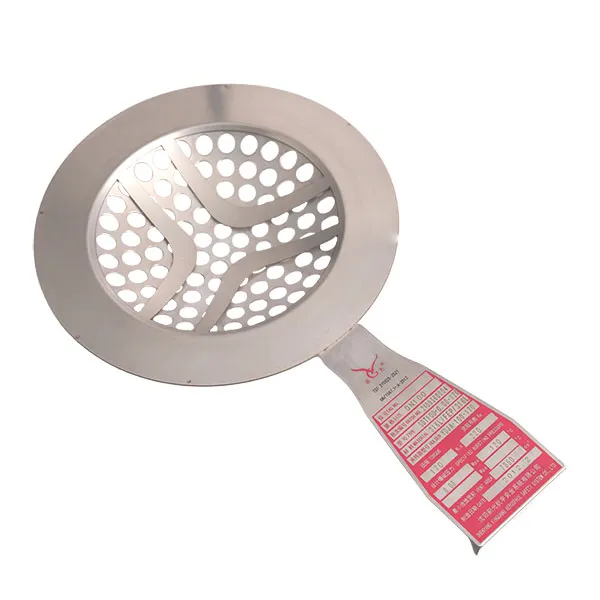
Improper operation during installation is an important cause of the early failure of low pressure rupture disk, which is often manifested as structural damage such as arch deformation and tool ring misalignment, which in turn changes the preset blasting characteristics. Typical problems include excessive flange parallelism deviation, resulting in uneven force on the rupture disc, and additional bending stress on the arch surface. Or the coaxiality of the pipeline is insufficient, so that the low pressure rupture disk can withstand radial shear force after installation, destroying the precise fit between the knife groove and the arch surface. And the selection of gaskets is wrong, such as the use of non-heat-resistant rubber gaskets under high temperature conditions, which shrink after heating and cause medium leakage, while corroding the edge of the rupture disc. To solve the installation problem, a standardized process needs to be established to detect the flatness of the flange before installation, use a dial indicator so that the deviation does not exceed 0.1mm/m, use concentric positioning tooling to ensure the coaxiality of the pipeline and the rupture disc, and control the flange spacing within the range of ±0.5mm of the design value. Choose suitable gaskets according to working conditions, metal wound gaskets for high temperatures, and PTFE-coated gaskets for corrosive media.
Low pressure rupture disk is prone to brittle fracture when operating in a low temperature environment, which is manifested as sudden rupture without reaching the designed burst pressure, or excessive debris after blasting, causing blockage of the discharge pipe. Low temperature will cause the toughness of metal materials to decrease sharply, especially the impact work of carbon steel and low alloy steel will be significantly attenuated as the temperature decreases, causing the arch surface to crack brittle due to insufficient toughness when the pressure fluctuates. At the same time, the sealing gasket hardens at low temperatures, which may cause micro-leakage of the medium, form ice crystals after freezing, and cause local impact stress on the arch surface. To deal with the problem of low temperature, it is necessary to control the source of the material. Low-temperature steel is preferred for working conditions below -40℃, and austenitic stainless steel 316L or nickel-based alloy 825 is used for ultra-low temperature environments. Low-temperature pretreatment is carried out before installation, and the internal stress of the material is eliminated through cryogenic aging. An anti-ice blocking device can also be set upstream of the low pressure rupture disk, such as an electric heat tracing system to maintain the medium temperature above freezing point to avoid crystallization formation.
Low pressure rupture disk is susceptible to back pressure interference in complex discharge systems, resulting in insufficient discharge capacity or delayed blasting action, especially in closed discharge pipelines. When the discharge medium enters the closed pipeline, the back pressure of the system will act on the arch surface of the rupture disc in reverse, canceling part of the operating pressure and increasing the actual required burst pressure. If the back pressure rise speed exceeds the response speed of the low pressure rupture disk action, the phenomenon of back pressure locking will form, resulting in complete rupture. To solve the back pressure problem, the hydraulic pressure of the system needs to be calculated, and the diameter of the discharge pipe is determined according to the demand for the discharge volume, so that the flow area of the pipe is not less than 1.2 times the discharge area of the rupture disc, and the number of pipe elbows is reduced. If necessary, set up a back pressure valve to balance the system pressure.

